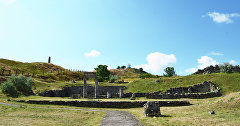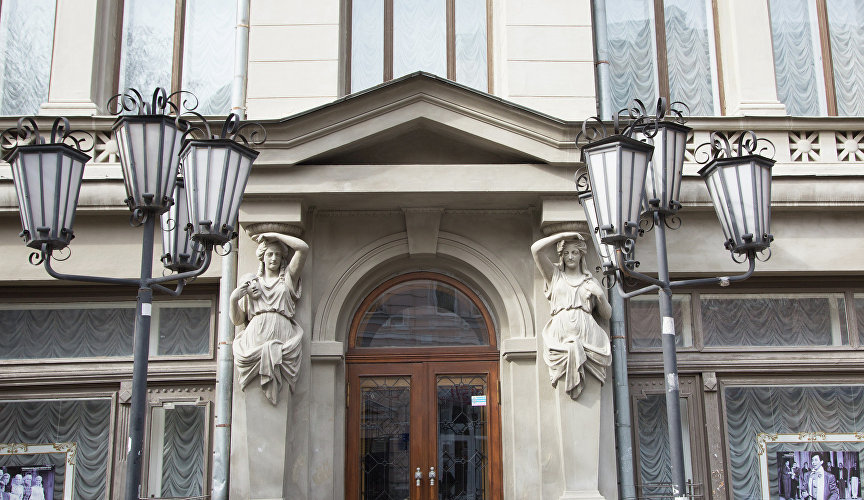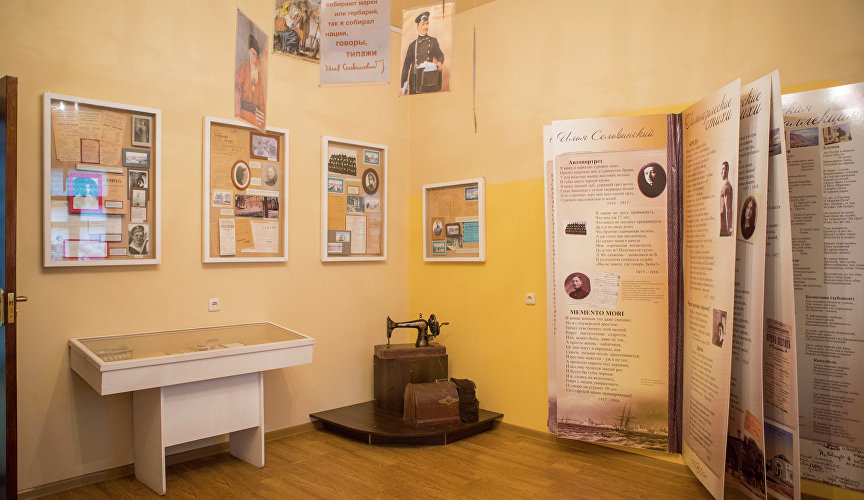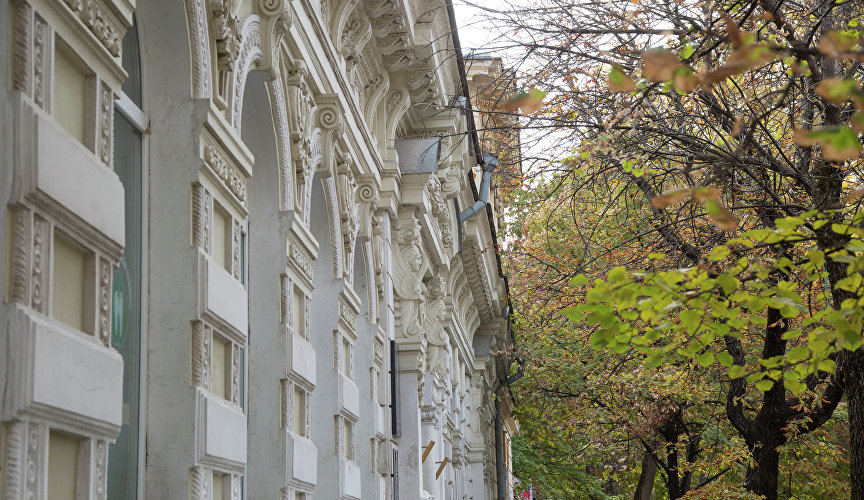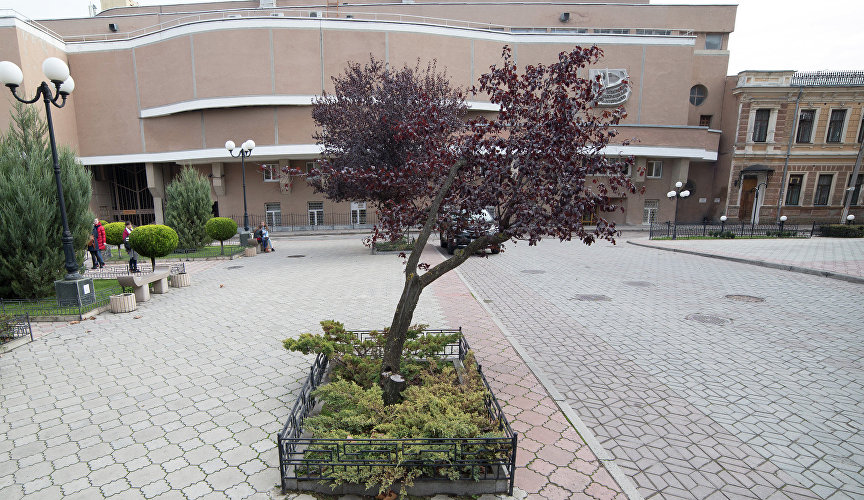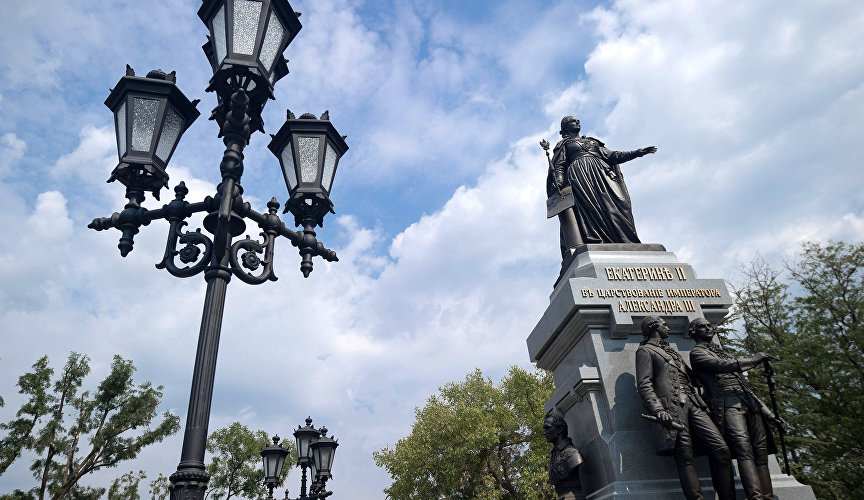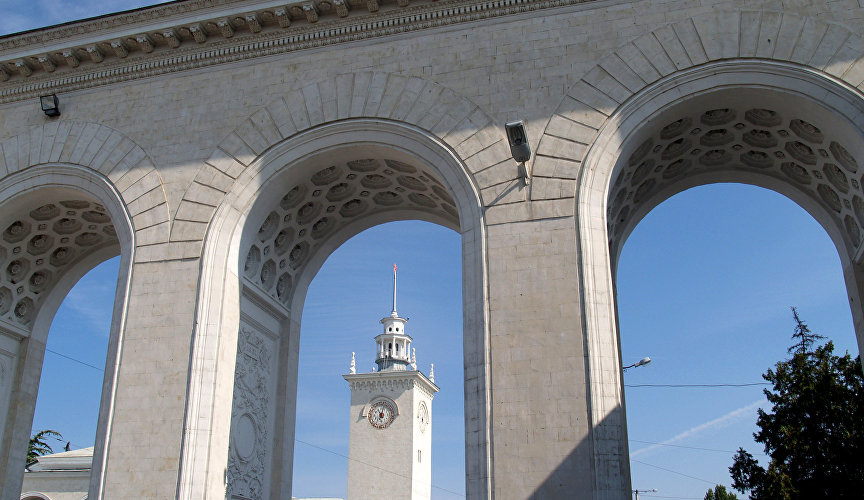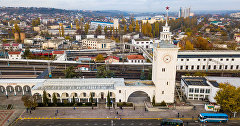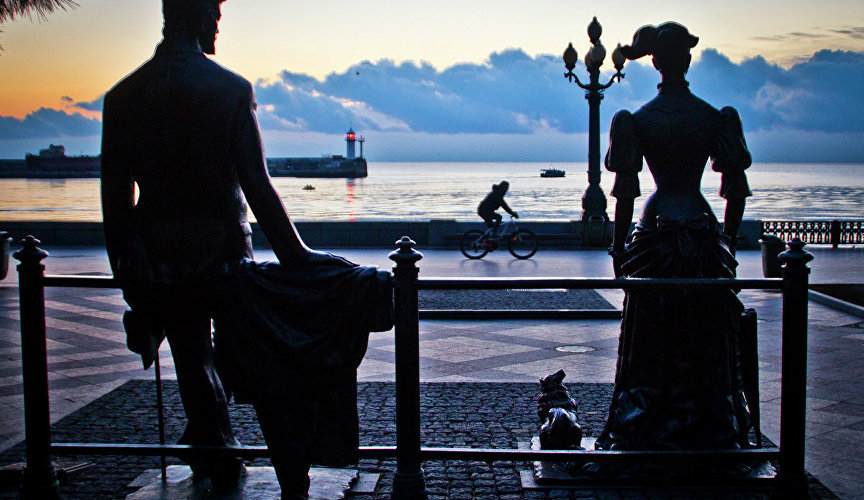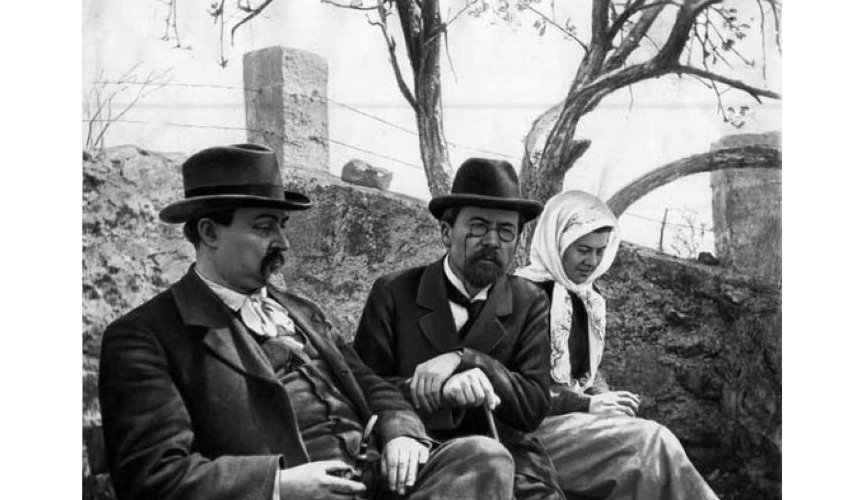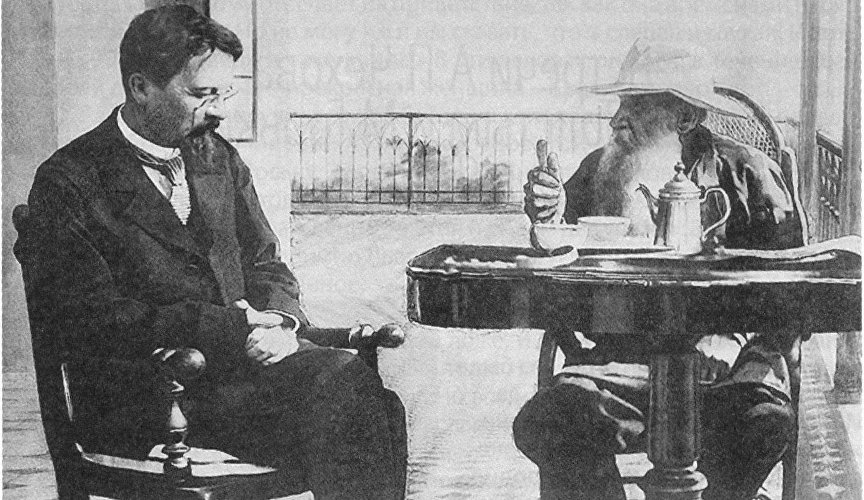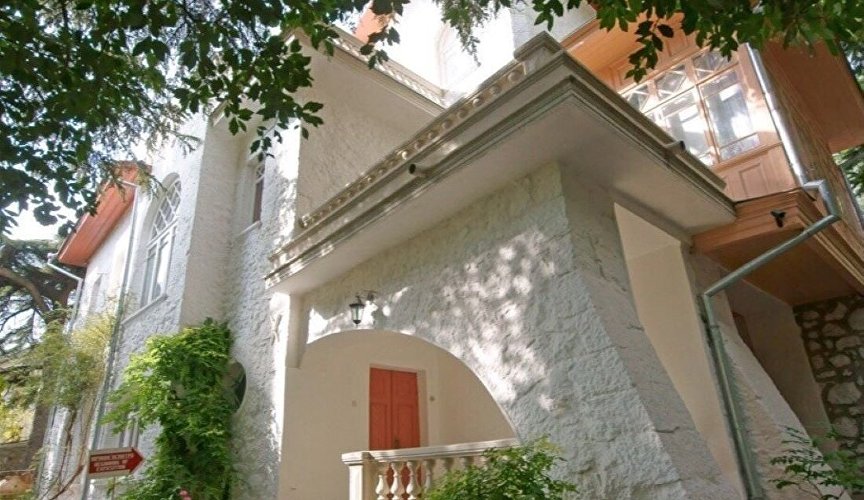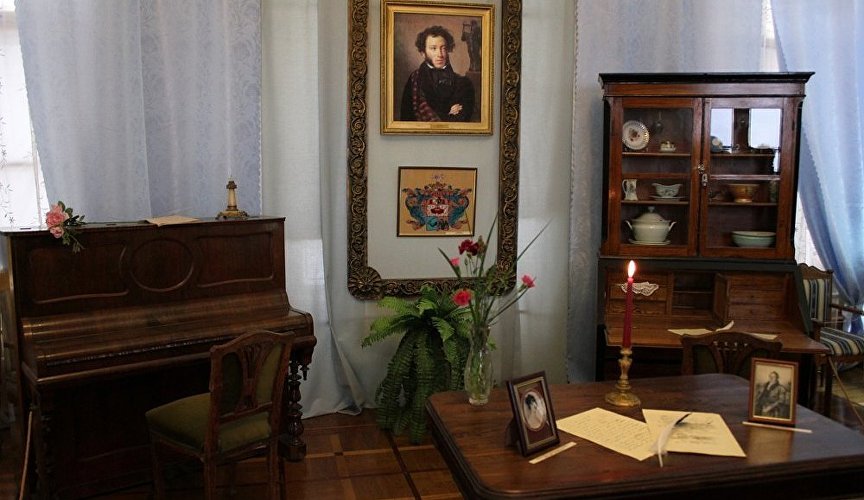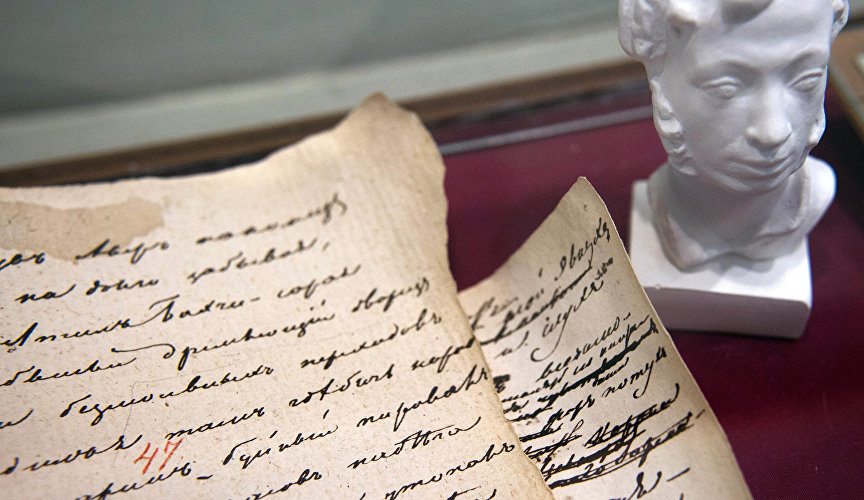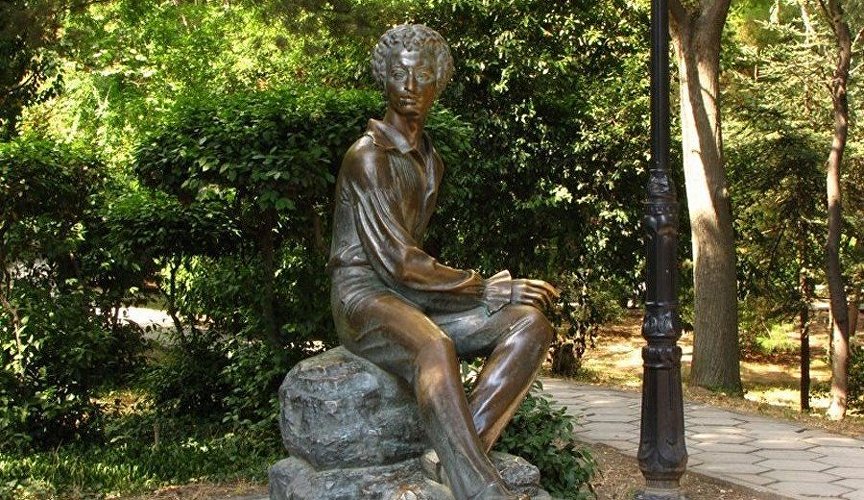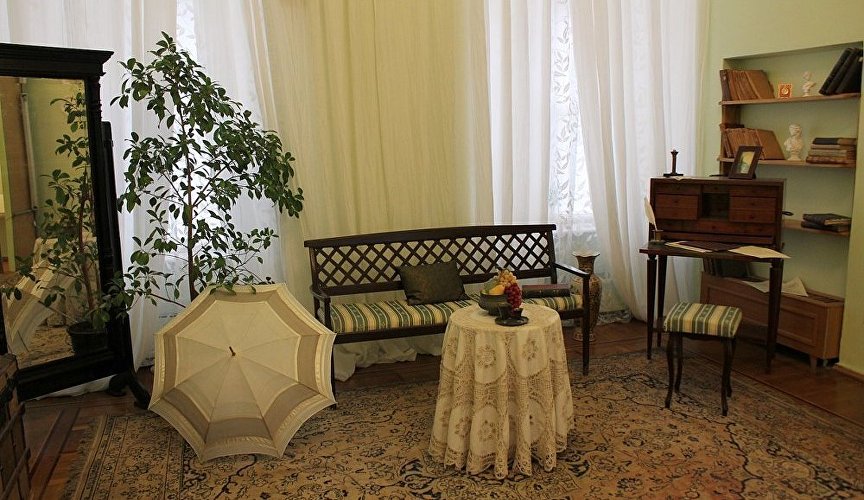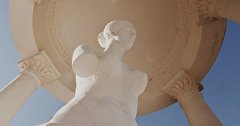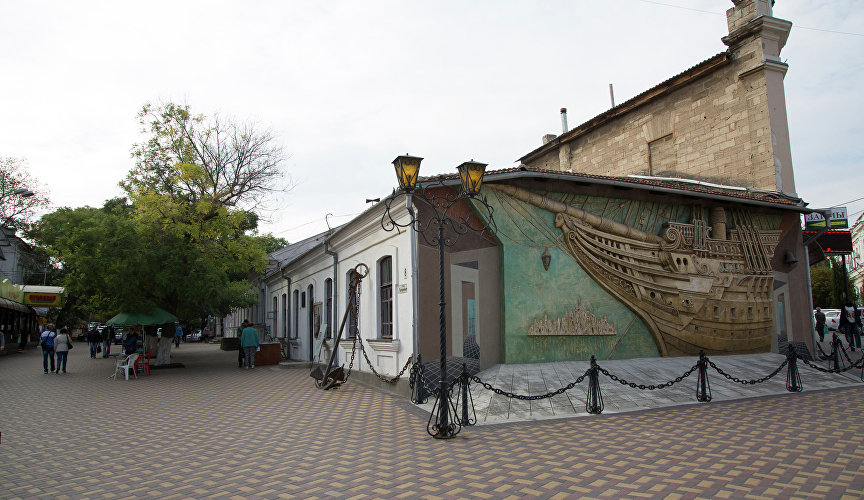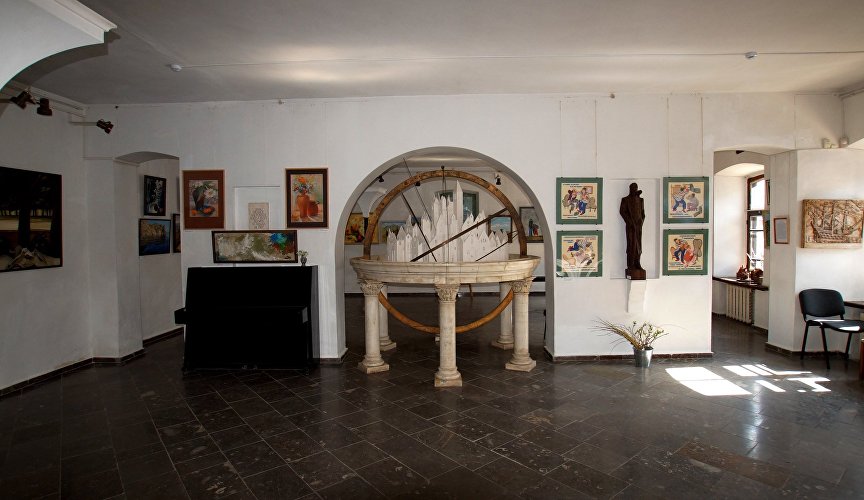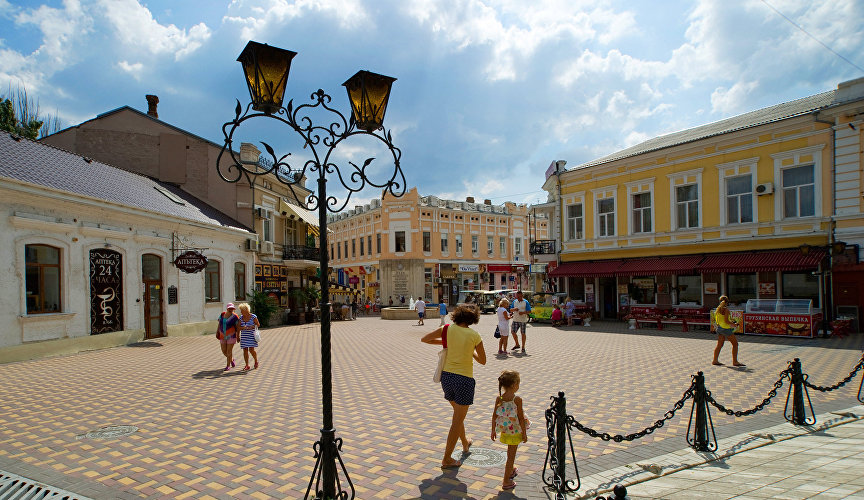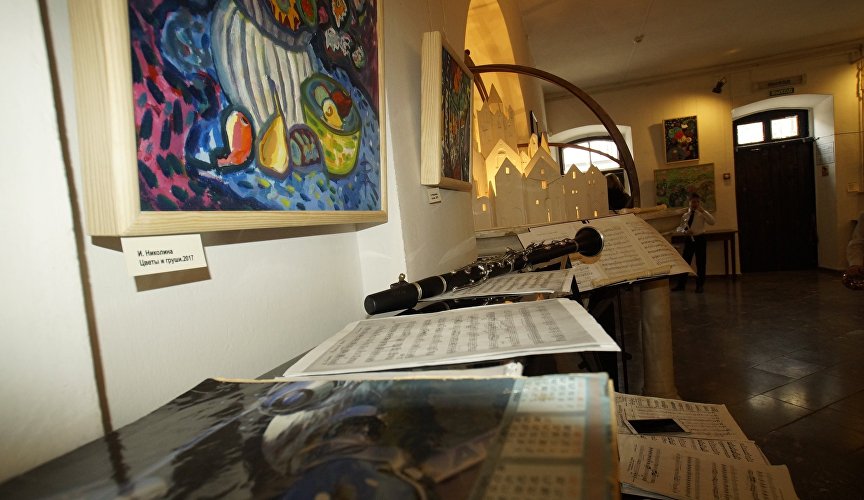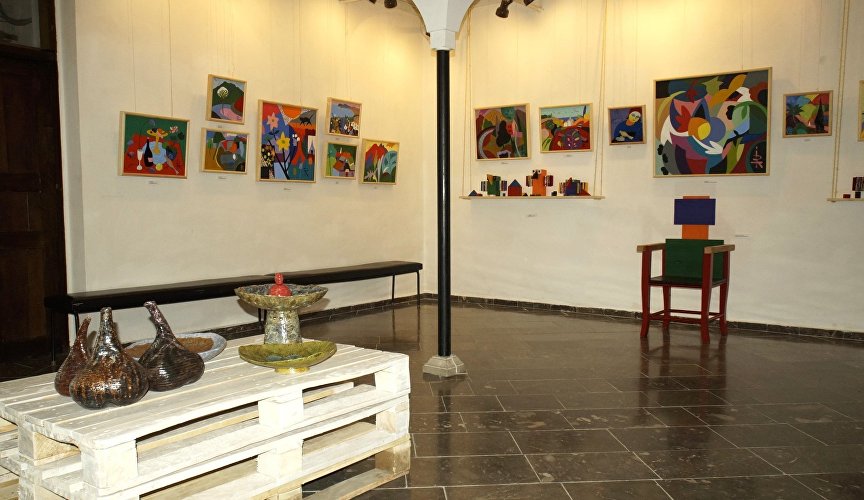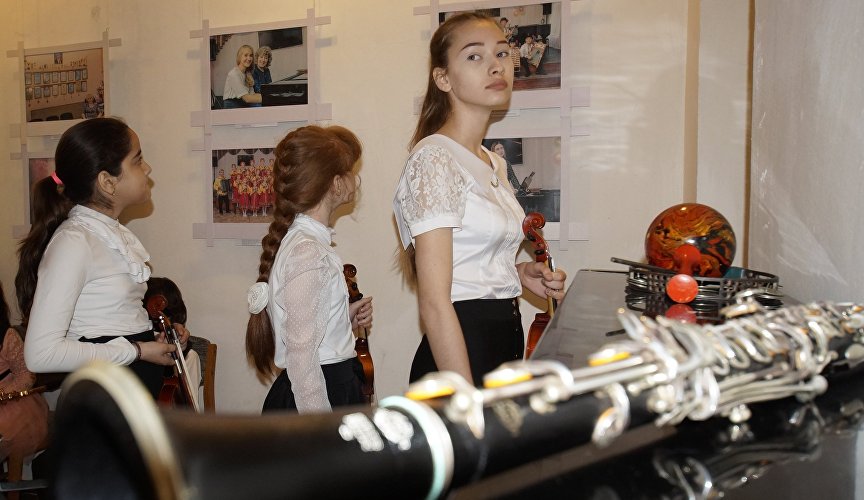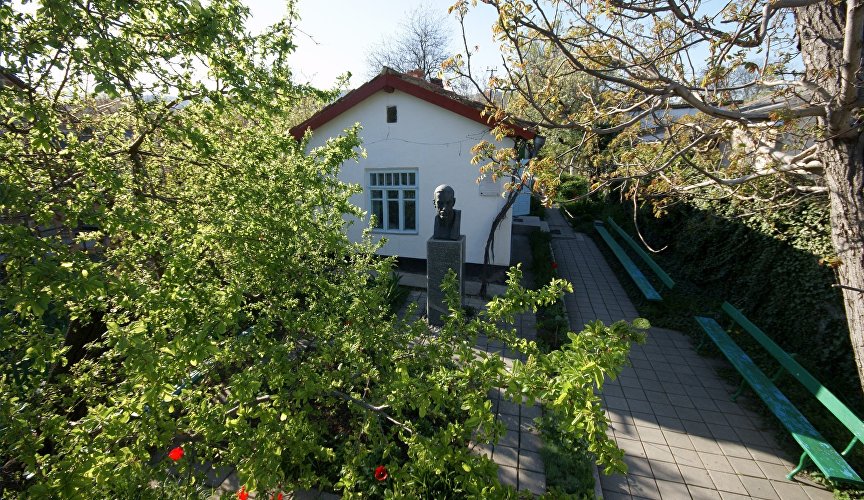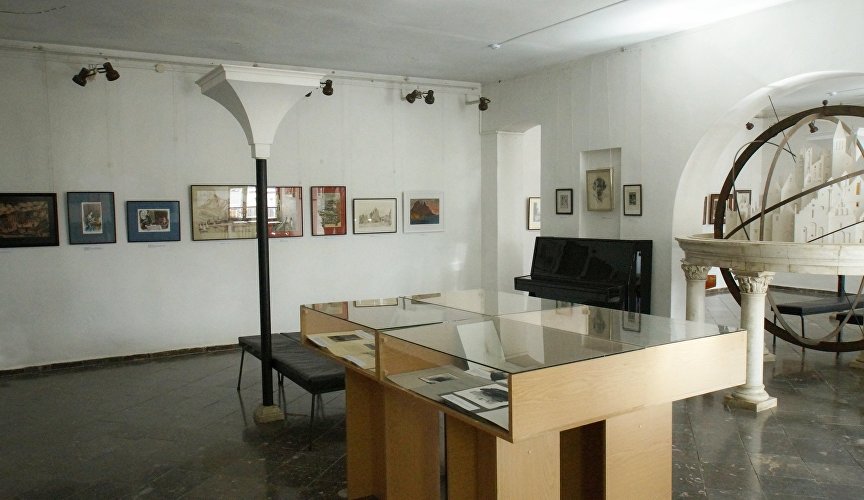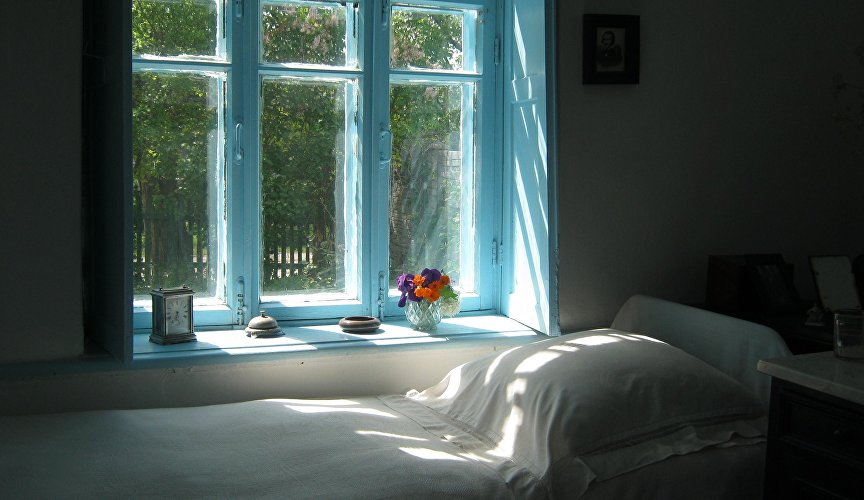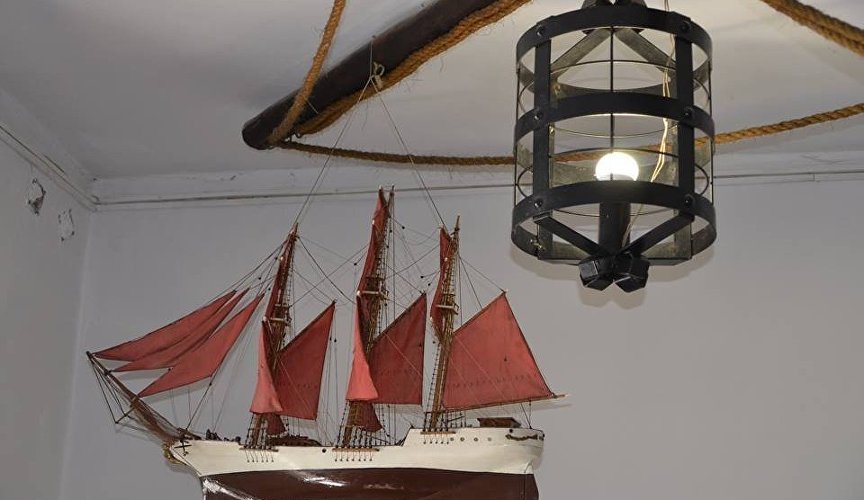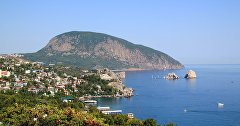"You are beautiful, the shores of Tauris ..." wrote Alexander Pushkin, fascinated by the multifaceted beauty of Crimea. Yes, at all times the peninsula was a magnet for many writers and poets, who enjoyed its incredible inspirational atmosphere.

Guide to literary Crimea: where writers and poets worked
In which Crimean cities and towns did "masters of the word" used to live, stay and create? Who were they, whose Crimean houses have long become museums and now, year after year, attract thousands of tourists, admirers of Russian literature?
In search of answers, the Travel Portal of the Republic of Crimea turned to Victoria Anfimova, the poet, member of the Union of Writers of Russia, who has been deputy editor-in-chief of the Literary Crimea newspaper for more than 10 years, and to Lenora Seit-Osmanova, the editor-in-chief of the Belaya Skala literary magazine, member of the board of the Union of Writers of Crimea.
We also talked with the 1st category tour guide Diana Mulyanova, who conducts various thematic tours for the guests of the peninsula, including literary excursions, which are very popular. Indeed, many prefer not only to read the biography of writers on the Internet, but also to see with their own eyes where those writers lived, the roads they walked, and the views and vistas they enjoyed.
"So it happened that Simferopol especially attracted philosophers and scientists, while the vivid beauty of the southern and eastern Crimea more attracted writers, poets, artists. By the way, the East Coast, which we associate with the names of Voloshin, Grin, Tsvetaev sisters, is considered today the magnet of creative intelligentsia. It is no accident that numerous music and literary festivals are held there annually. Booking an excursion tourists often choose the line of a particular writer in order to plunge into his life in more details. For example, I had a group from St. Petersburg that was exclusively interested in Alexander Grin, so we traveled to all the Crimean Grin museums one after another. In general, all Crimean museums bearing the name of a particular creative person offer their guests special excursion programs", - said Diana Mulyanova.
Young Alexander Pushkin, who wrote the Ode to Liberty, faced the threat of exile to Siberia. Influential acquaintances appealed to Tsar Alexander the First for clemency and the young freethinker was sent not to Siberia, but to Yekaterinoslav. There Pushkin fell seriously ill. General Nikolai Rayevskiy, who was traveling with his family to the south, visited the poet and offered him to join. Pushkin accepted the invitation and made a trip to the Caucasus and then to Crimea. In Gurzuf he stayed in the Rayevskiys' house, which is now the Pushkin Museum.
The three weeks spent in Gurzuf, the poet used to call the happiest in his life. "I loved", he wrote to St. Petersburg, “waking up at night, listening to the sound of the sea - and I listened for hours. A young cypress was growing close to the house and every morning I used to come to it and fell in the feeling of attachment towards it, similar to friendship".
The poet had romantic relationship with the younger daughter of the general - Maria, who later became the wife of the Decembrist Volkonskiy. And Pushkin made friends with the general's son, to whom he later devoted his "The Captive in the Caucasus" poem.
"In Gurzuf I also recommend visiting Chekhov’s summer house, which the great playwright bought as a wedding present for his wife Olga Knipper. For that time that small house cost him very much, but when Anton Chekhov saw that incredible bay, that beach, he immediately understood: "Only here I can be alone with my beloved and do my creative work." And so it happened. After his death Olga Knipper-Chekhova did not marry again, and often invited to that house the friends of her and her husband, the creative elite", - told Diana Mulyanova.
And in Yalta there is the Chekhov House-Museum or, as it is also called, Belaya Dacha. Here, the classic of Russian literature wrote more than a dozen works, including the Three Sisters and The Cherry Orchard plays. A sculpture group, depicting the character from his "Crimean" story Lady with a Doggie and the writer himself, was installed on the city promenade.
The poet and artist Maximilian Voloshin was the pioneer of one of the poetic regions of Crimea − Kimmeria. Since 1916 Koktebel − "Kimmerian land" − has become a place of permanent residence and the leitmotif of many Voloshin's works.
"He bequeathed his House of the Poet, built in 1903-1913, to the Soviet writers. This place has always attracted a huge number of cultural figures. Here are just a few names: Maxim Gorky, Alexey Tolstoy, Ivan Bunin, Konstantin Trenyov, Fyodor Chaliapin, Anna Pavlova, Ilya Erenburg, and finally − Marina Tsvetaeva, who met her future husband Sergei Efron in the Voloshin’s dwelling and lived here, in Koktebel, the happiest years of her life", - tells Victoria Anfimova.
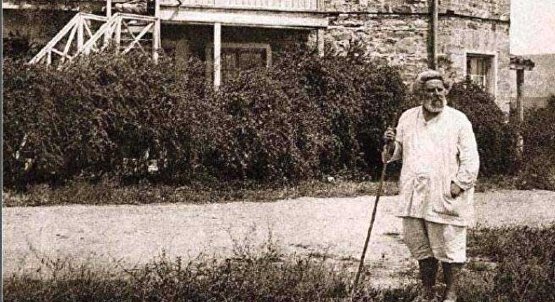
Alexander Grinevsky (pen name − Alexander Grin) lived in Theodosia for six years (1924-1930), then he moved to Stariy Krim. The Crimean period of his work was extremely fruitful. He wrote the novels The Golden Chain, Jesse and Morgiana, The Road to Nowhere, many stories, including the famous Scarlet Sails story, after which a special tourist route was later developed.
Simferopol, the guide continues, is the only city where the former house of the writer Konstantin Trenyov (45 Franko Boulevard) is preserved, where there is a library and a grammar school named after him, as well as a square and a monument.
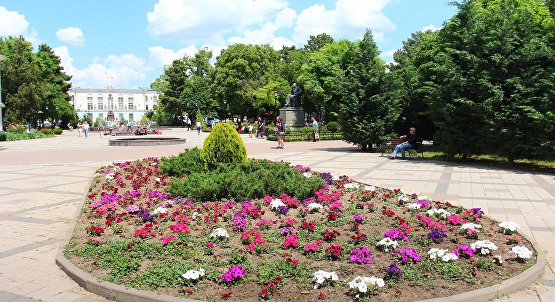
He lived in the Crimean capital for 22 years, combining literary activity with teaching, and it was here that he gained fame. The premiere of the play based on his Lubov Yarovaya play was staged in the Gorky Russian Drama Theater in 1927, a year after the play was shown at the Moscow Khudozhestvenniy (Art) Theater (MKhaT). It was a huge success and placed the author among the best playwrights in the country.
Vladimir Mayakovsky is another name of a prominent person associated with Simferopol. He first visited Crimea in 1913 when, together with other futurists, including Igor Severyanin, he made a Crimean tour with poetry and lectures. After that he several times returned to Crimea.
Spring in Crimea: 10 top tips for an unforgettable vacation >>
"It is known that Mayakovskiy appeared on the stage of the Dvoryanskiy Theater (now Gorkovskiy - ed.). And on his first standup he was not welcomed by the Simferopol audience and booed. Mayakovskiy visited Crimea with Lily Brik, as can be seen on a fairly well-known photograph. And after visiting the peninsula Mayakovskiy wrote a book "Here is my book of the seas and the lighthouse", which we all know since childhood", - Lenora Seit-Osmanova rounded up.
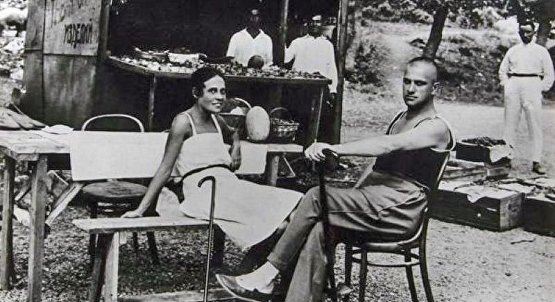
In 1896-1903 Anna Akhmatova spent every summer with her parents near Sevastopol at the "Otrada" (Joy) dacha. At that time the poetess earned the nickname "wild girl", and she described it in the "By the Very Sea" poem (1914). She also mentioned this in her essays Briefly about Myself, and the House of Shukhardina.
Off-season health improvement in Crimea: what you need to know >>
Leo Tolstoy brought fame to the Hero city forever. He has been doing his military service during the First Defense of Sevastopol, and commanded a battery on the fourth bastion, where a memorial sign was later installed. He wrote about the life of the besieged city in The Sevastopol Tales.
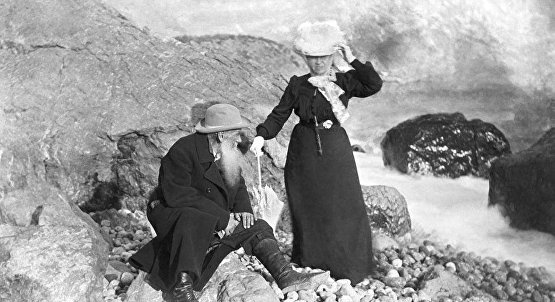
The fate of the writer Alexander Kuprin is closely connected with Balaklava. First, he stayed there with his wife at the Grand Hotel (the building of 1887 is at 3 Nazukina Quay), then moved to Remezov's dacha on Third Street (now 1 Kuprina St.). Kuprin devoted his Listrigons essays (1907-1911) to the local fishermen, with whom he often sailed to sea. In the essays there are lines: "Nowhere in all of Russia, and I have traveled decently in all directions, I have ever listened to such deep, complete, perfect silence, as in Balaclava".

Of course, we have not mentioned all the literary names. In different years, many writers lived and worked on the peninsula: Serghei Sergheyev-Tsenskiy (lived in Alushta for 52 years, and today several museums keep the memory of him), Konstantin Paustovskiy, Ilya Selvinskiy, Maxim Gorky, Ivan Bunin, Alexander Griboyedov, Adam Mickiewicz, and many others.

